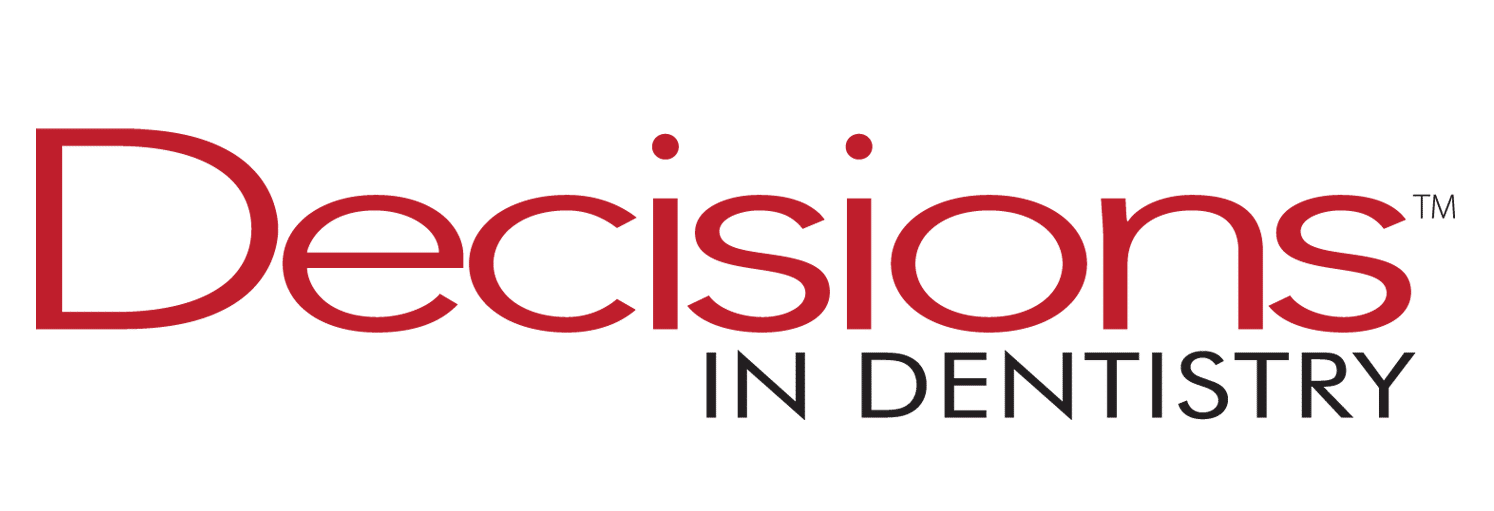Embracing Artificial Intelligence In Dentistry
Since artificial intelligence (AI) seems to be everywhere, what effect will it ultimately have on our lives? Many believe this technology will be a boon for all, while others think it will lead to the collapse of civilization. As with most great issues it can be assumed that the long-term result will be a mix of the extremes. In the meantime, how can we use this technology to the advantage of our patients and practices? A recent commentary in the Journal of the American Dental Association (JADA) addressed the use of ChatGPT in dentistry.1 The author noted that the current version of this program allows it to “understand and generate human-like text” and that soon the ability to generate video and audio will be available.
How can we apply this modern miracle? My initial interface with the program has been mixed. The acquisition of the basic program was quick, simple, and free. As a test the following sentence was entered: Write a 500-word essay on the future of dentistry in the United States. Within 20 seconds the program produced a reasonable but generic composition that addressed the topic. Well done, but later more specific responses were somewhat wanting. The program was tasked to search the web on the topic of photobiomodulation and asked to provide specific references in refereed journals. It produced four articles, two of the four could not be found on the local university’s online medical library or on a Google search thus generating questions on the program’s accuracy.
The author of the JADA article suggested that ChatGPT might be used to gather information from patients before dental visits by providing them a direct interface on the office’s website. The patient could enter data using either text or voice. It was emphasized that this is only a preliminary step and must be reviewed by appropriately licensed dental personnel. If this approach is used, the program would have to provide a synopsis, otherwise dental professionals would be overwhelmed with data.
The article discusses the program’s use in personalizing oral hygiene instructions which again must be verified by a licensed dental professional. Its use is also suggested for providing individualized posttreatment instructions. Again, all the caveats concerning who writes and reviews this material potentially increase the amount of time needed by licensed professionals. The article’s author feels that
ChatGPT could be used to reduce patient anxiety by detailing breathing exercises and visualization techniques. This approach seems relatively generic and therefore could be authored once by the professional and then simply distributed to patients.
While at first glance this technology seems dazzling, the applications to dentistry, at this point, are somewhat rudimentary and appear to consume a great deal of the professional’s non-chair time. However, AI’s usefulness may increase as the programs become more powerful.
From Decisions in Dentistry. June/July 2024; 10(4):7


